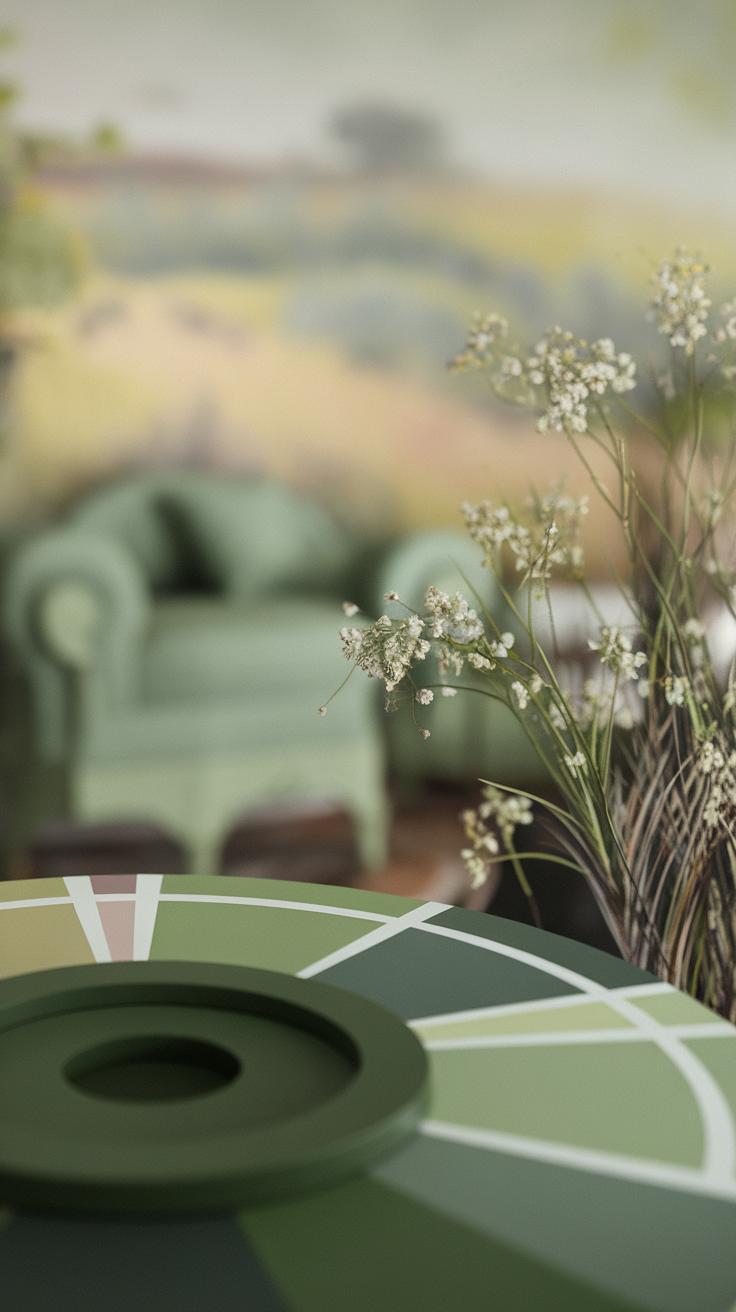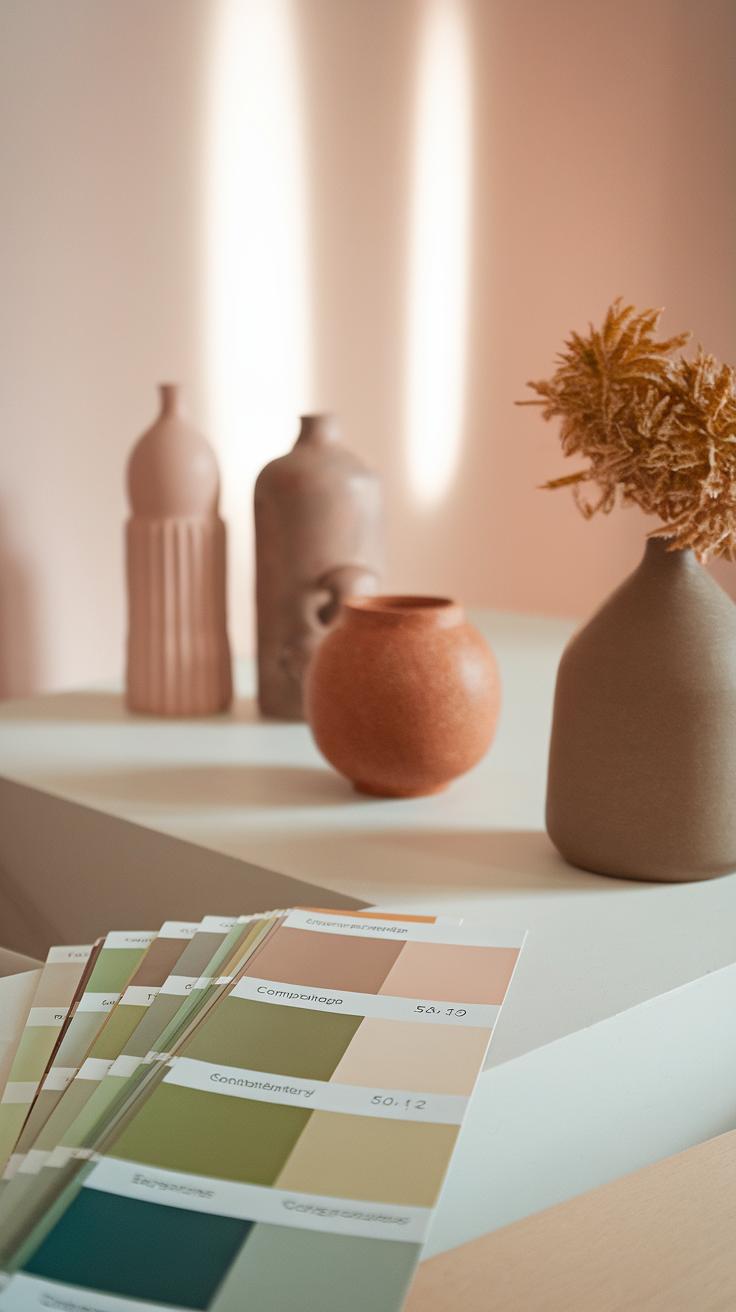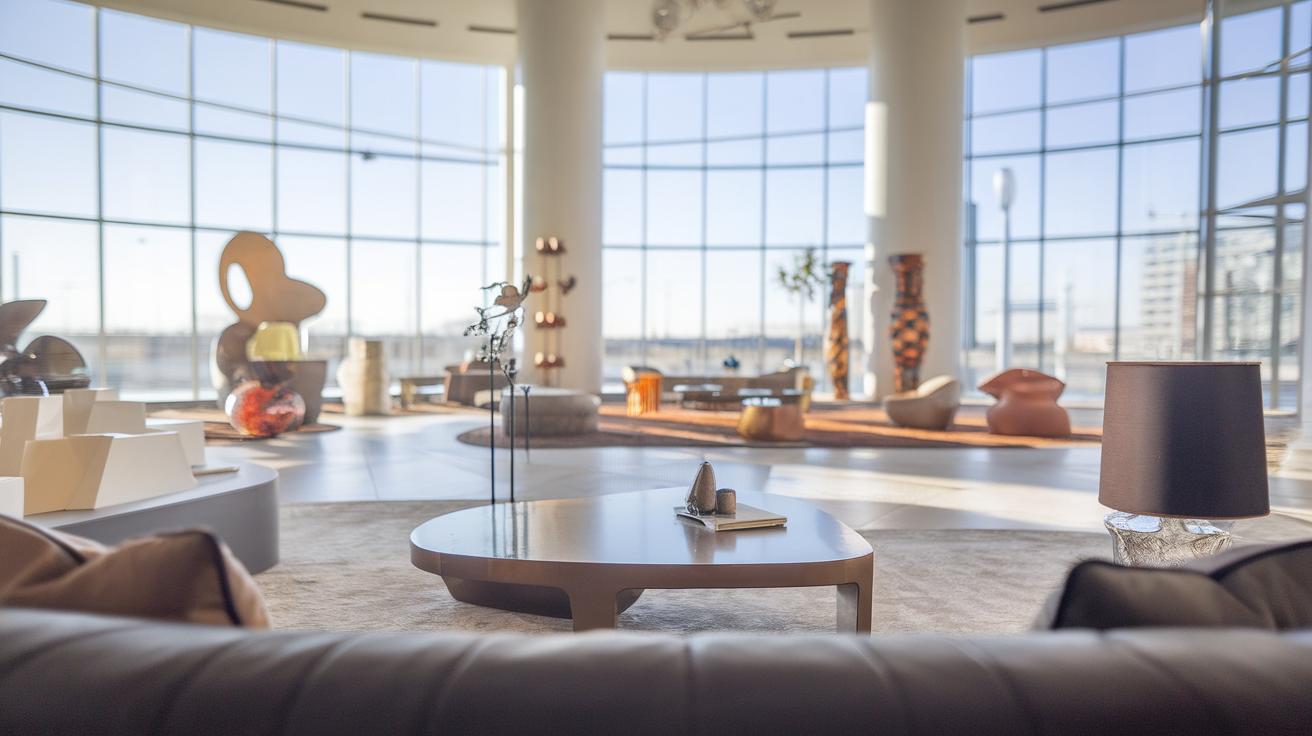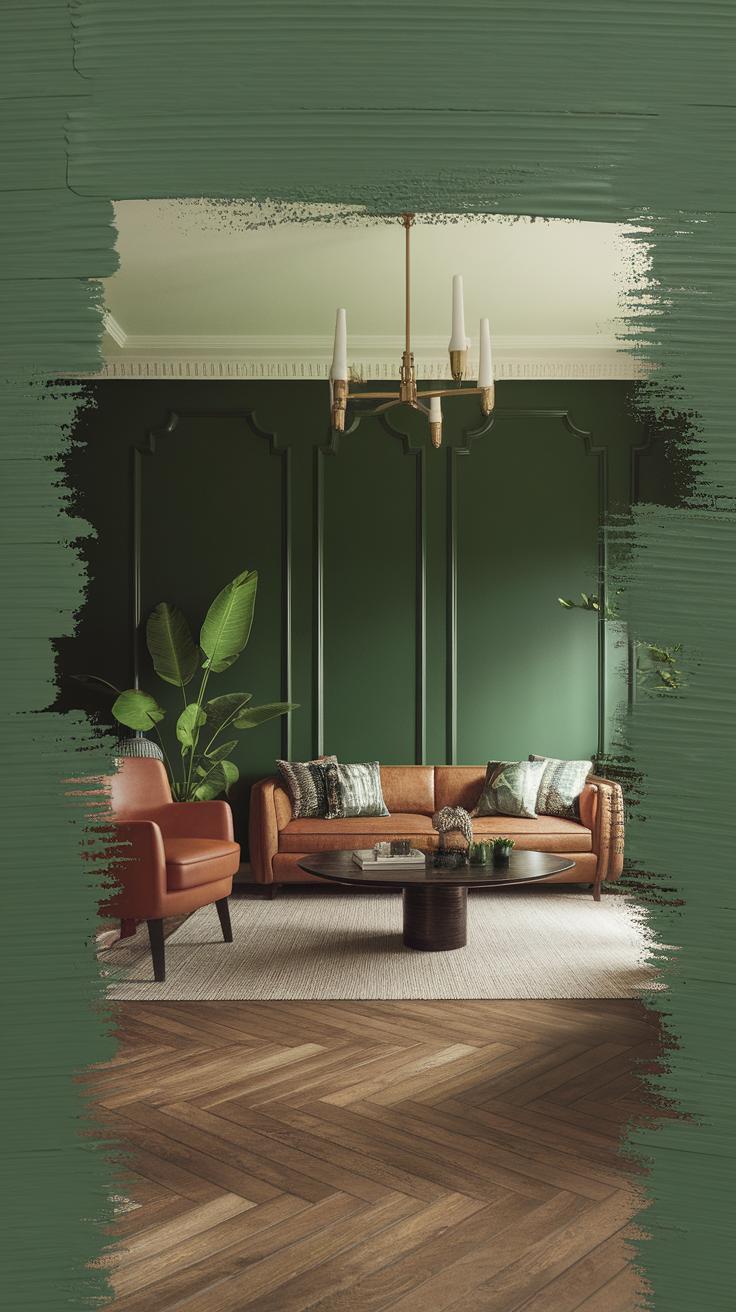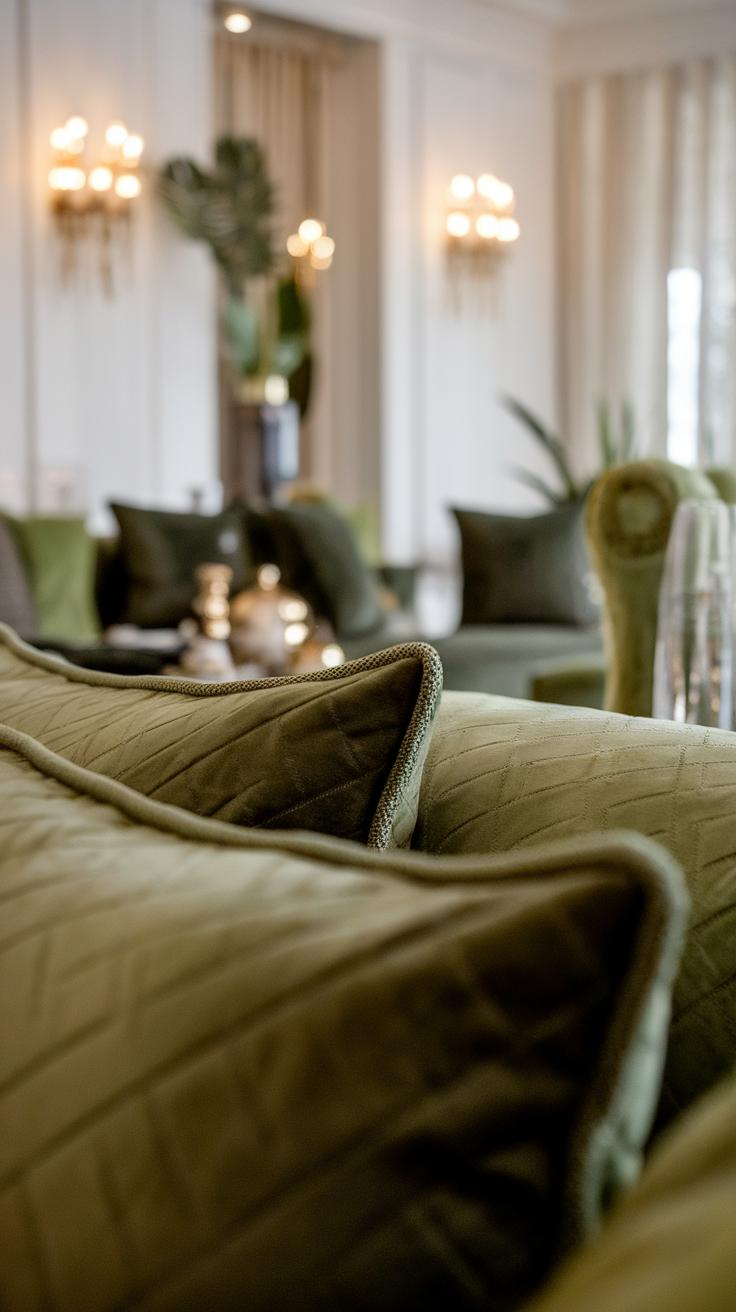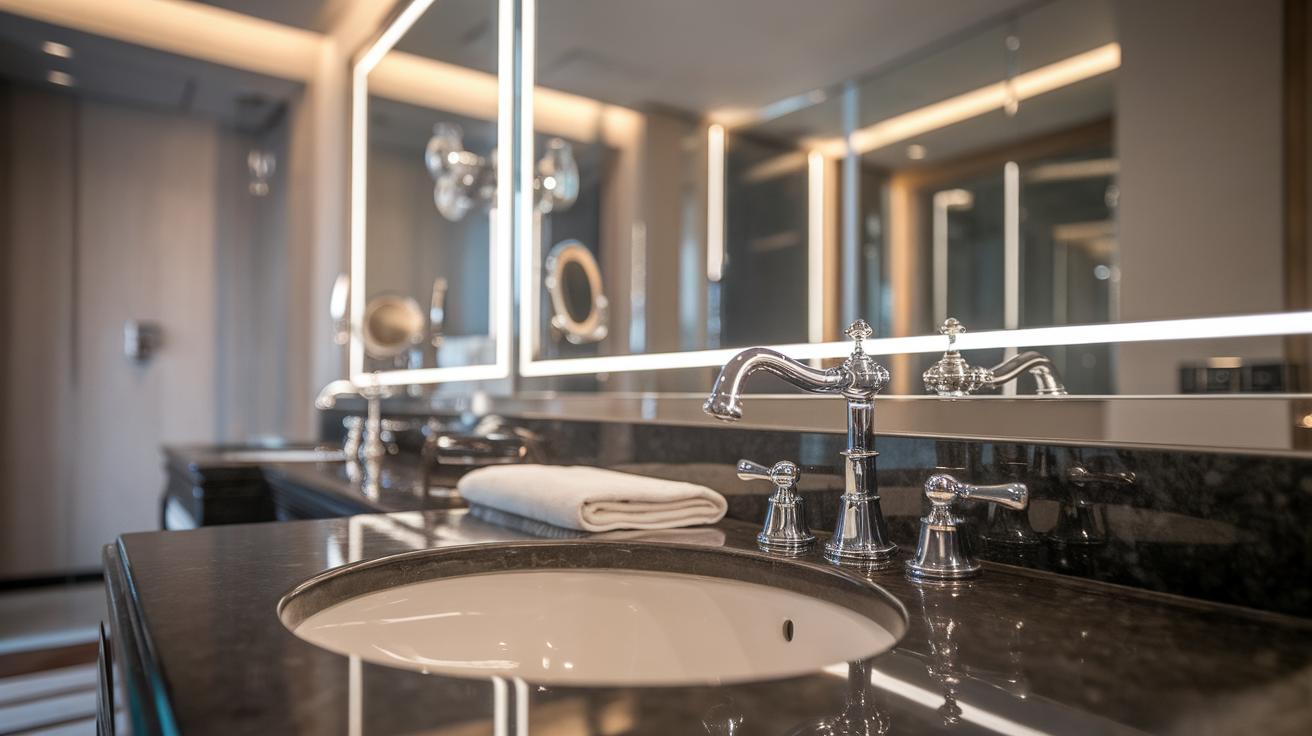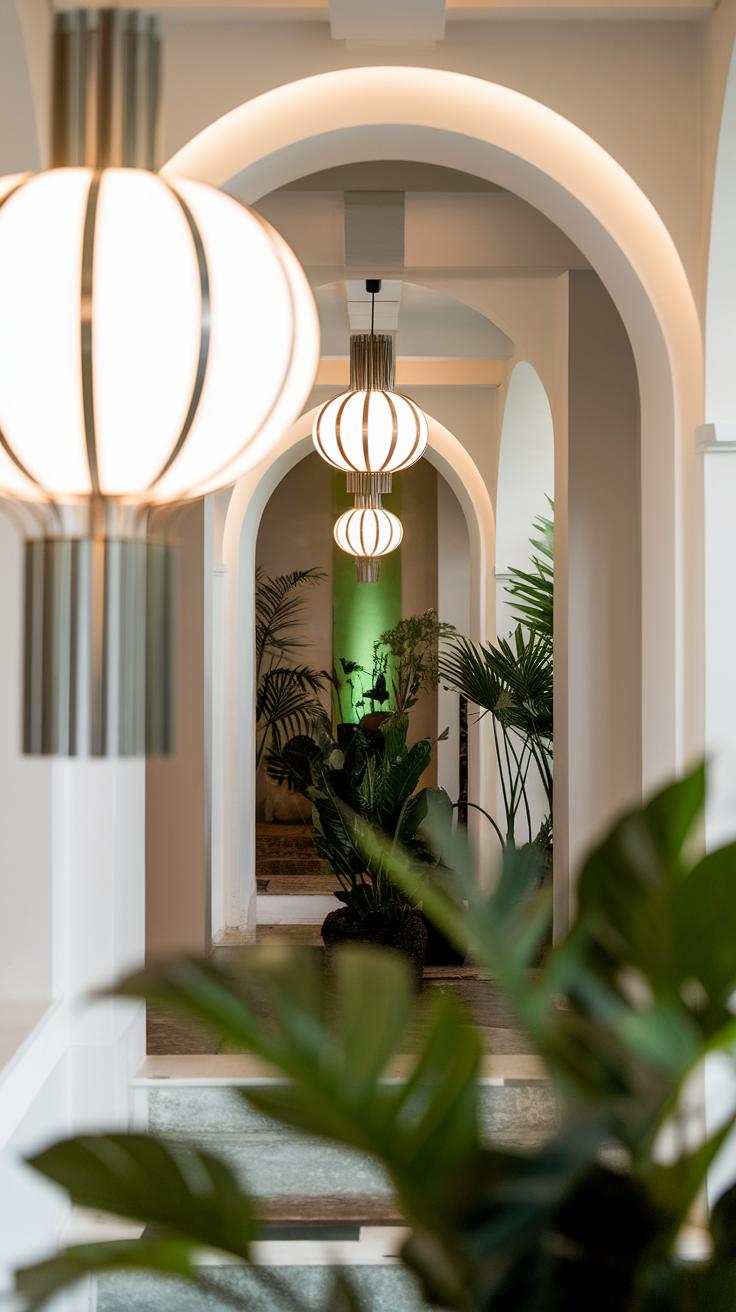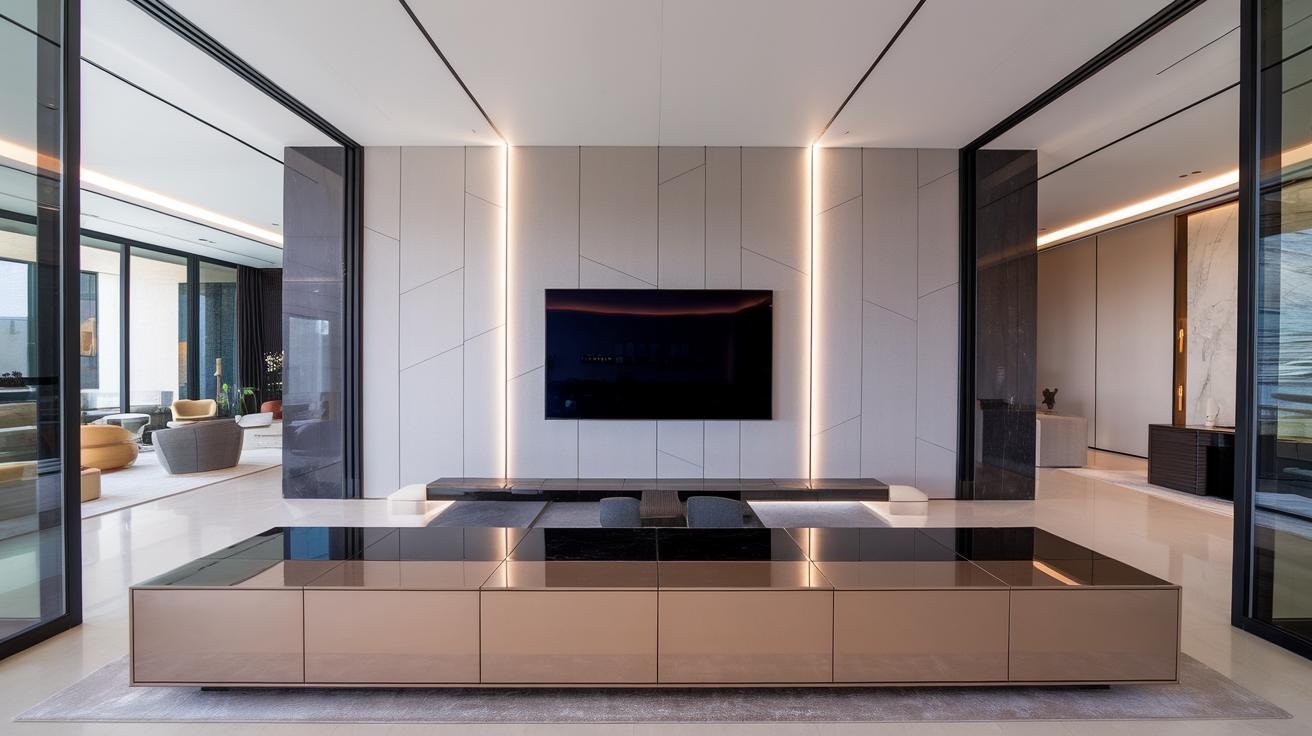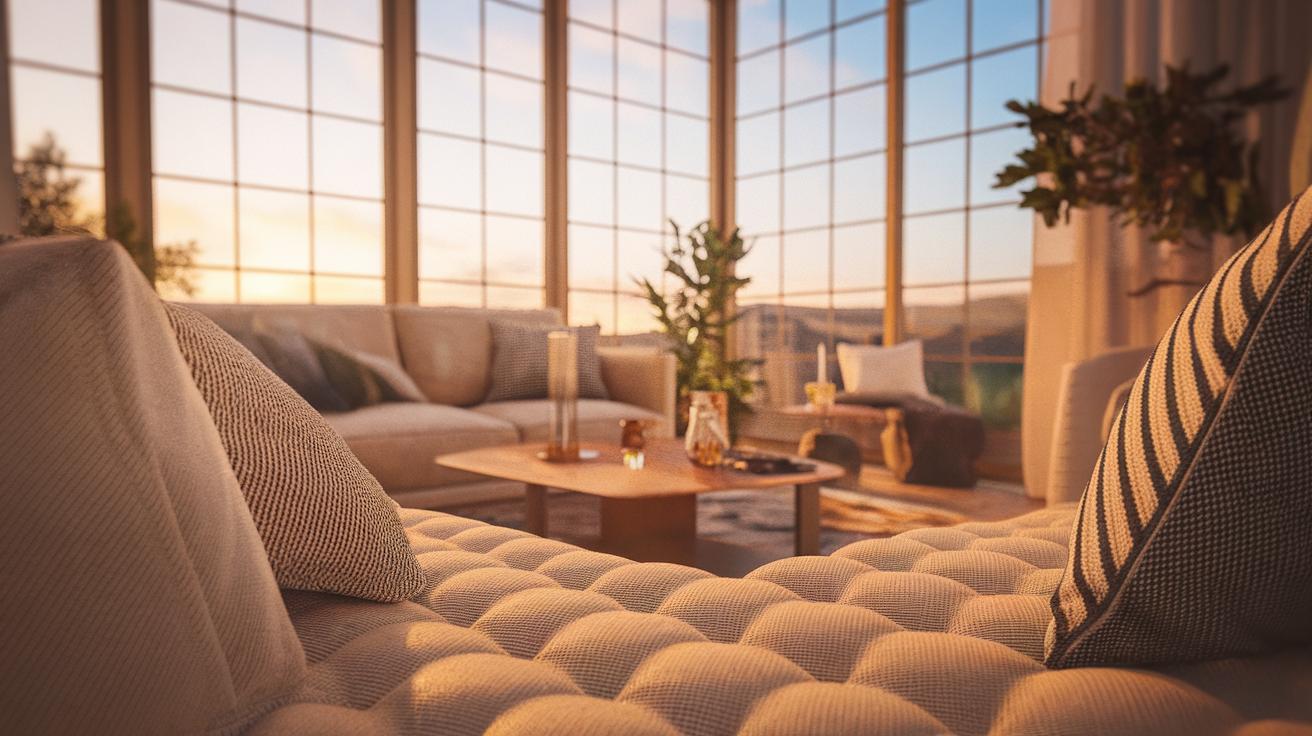Introduction
Color plays a significant role in our emotions and perceptions, especially within a living space. The green living room color scheme serves as an excellent choice to bring a fresh and calming ambiance into your home. This article explores various aspects and ideas to implement a green theme effectively, creating a balance between comfort and style. From light mint hues to rich forest greens, the diversity in shades allows homeowners to find the perfect match for their individual taste and space.
Understanding color psychology, green shades evoke feelings of serenity, balance, and tranquility. By incorporating green into your living room design, you can create an inviting environment ideal for relaxation or entertaining guests. As we delve deeper into this topic, we will examine design tips, styling ideas, and inspiring combinations that will breathe new life into your living room through a fresh green color palette.
Understanding Color Psychology The Emotional Influence of Green
Color psychology studies how colors impact our feelings and perceptions. Each color conveys different emotional messages. Green, often associated with nature, signifies growth and renewal. This hue can create a sense of calm and balance, making any space feel more inviting. People often connect green with health, freshness, and tranquility. If you want your living room to offer a relaxing atmosphere, consider using various shades of green. Lighter greens, like mint or sage, can evoke feelings of serenity. Darker greens, such as forest green, lend an air of sophistication and comfort. Incorporating green into your living room can promote a positive mood and enhance creativity, truly refreshing your space.
Choosing the Right Shade of Green
Selecting the right shade of green for your living room depends on several factors. Think about the room’s size and lighting. Light colors can make a small space appear larger, while dark hues provide depth in spacious rooms. Test shades in natural light, as they may look different during the day compared to artificial light at night. Personal preference plays a vital role too. Some folks prefer vibrant greens for energy, while others choose muted tones for a soothing effect. Consider accent colors and furnishings that will match your green selection. Samples on walls can help you visualize how each shade transforms the room’s overall vibe, ensuring a perfect fit for your style.
Choosing the Right Shade of Green
Guiding Your Selection
Selecting the perfect shade of green for your living room involves considering a few key factors. Start with the natural light in your space. Bright, sunlit rooms can handle bolder, vivid greens, while darker spaces benefit from softer, lighter shades to keep the area feeling open. Think about the room’s size too. A small living room may appear larger with pale greens, while larger spaces can showcase deeper greens without feeling cramped.
Personal Preference Matters
Your personal style plays a significant role in your choice. Consider what emotions or themes resonate with you. Do you prefer a calming atmosphere, or do you enjoy vibrant energy? Samples can help you visualize how different shades look at various times of the day. Testing colors on the walls before committing allows you to find the perfect green that fits both your space and your mood.
Complementary Colors that Work with Green
Enhancing Your Living Room Design
Pairing green with the right complementary colors can create balance and visual interest in your living room. Neutral shades like beige, taupe, and white allow green to stand out, providing a calm backdrop. These colors work well with various shades of green, from mint to deep forest, making them versatile options.
Consider adding pops of warm colors such as soft coral or peach. These hues create a cheerful atmosphere without overwhelming the calming effect of green. Darker hues like navy blue or charcoal gray also offer a striking contrast. They add depth while maintaining a modern edge.
Splashing in accents of gold or brass through accessories, like lamps or picture frames, brings warmth and sophistication to your space. By blending these complementary colors with green, you can rejuvenate your living room and craft a welcoming environment.
Incorporating Green through Wall Color
Paint, Wallpaper, and Wall Decals for a Fresh Green Living Room
Choosing the right shade of green for your living room walls can transform the entire space. Consider painting an accent wall in a deep forest green. This rich color adds depth and creates a cozy atmosphere. For a softer touch, use a light mint or sage green for all four walls. These colors can make the room feel airy and open.
If you prefer patterns, explore wallpaper options with floral or geometric designs in green hues. This approach adds character and interest without overwhelming the space. Wall decals offer another creative way to incorporate green. Choose removable decals of nature scenes or abstract shapes. These decals can easily adapt with your changing style while refreshing your living room’s vibe.
Furniture Choices for Your Green Living Room
Choosing the Right Furniture
Selecting furniture that matches a green living room color scheme can enhance the overall atmosphere. Opt for pieces that feature natural materials like wood, rattan, or bamboo, as they create a harmonious connection with green tones. Earthy hues such as browns or soft creams can elevate the vibrant greens without overwhelming the space. Aim for furniture with clean lines and simple shapes to maintain a fresh look.
Accent Pieces
Incorporate accent furniture to add dimension and interest. Look for chairs or tables with subtle patterns or textures in greens, blues, or neutrals. These accents bring depth to the room while ensuring that the green palette remains the focal point. Soft upholstery in light or muted shades can complement bold green walls or décor pieces.
Textiles and Accessories in Green
Integrating Green through Textiles
Using green in your living room can create a refreshing atmosphere through textiles and accessories. Start with curtains that softly filter natural light while adding a pop of color. Light green shades can brighten a room, while darker tones add depth. Choose cushions in various patterns or textures to introduce different greens. Mix stripes, florals, or geometric designs to create visual interest.
Rugs also play a vital role in tying your design together. A green area rug can ground the room and provide comfort. Opt for rugs with subtle patterns to avoid overwhelming the space. Don’t forget smaller accessories, like throws and wall hangings, to sprinkle green throughout your decor. Such elements make the room feel cohesive and welcoming, enhancing the refreshing vibe of your living space.
Incorporating Natural Elements Bringing Nature into Your Green Living Room
Ways to Integrate Nature with Green Tones
Bringing nature into your living room enhances the green color scheme while creating a refreshing space. Start with plants. Choose low-maintenance foliage like snake plants or pothos to add vibrant green without much effort. Arrange clusters of different-sized plants on shelves or tables for an eye-catching display. Use natural materials like wood and stone for furniture and decor. A wooden coffee table or stone accents can create a grounded, organic feel that complements the green tones.
Add textiles that reflect nature, like linen or cotton in earthy colors. These choices will keep the atmosphere inviting. Wall art featuring landscapes or botanical prints can further connect your room with the outdoors. Use natural light to your advantage by leaving curtains light and airy. This approach brightens up the green tones and creates a lively, welcoming environment filled with the essence of nature.
Lighting for a Green Living Room
How Lighting Affects the Perception of Green
Lighting plays a major role in how we see green in a living room. Natural light enhances green tones, making them appear lively and fresh. Large windows that let in sunlight brighten the room and highlight the different shades of green, from soft pastels to deep emeralds. Using sheer curtains allows the light to filter in, creating a warm and inviting atmosphere.
Artificial lighting also influences the green color scheme. Warm white or soft yellow lights can make green hues feel cozy and relaxing. On the other hand, cool white lights often create a more modern, clean look. Wall sconces and lamps can focus light on specific areas, enhancing the vibrancy of plants or artworks in green shades. Layering different light sources, like overhead fixtures with lamps, adds depth and dimension to the space.
Creating a Focal Point with Green
Using Green Tones as Focal Points
Choose green shades to create stunning focal points in your living room. A bright emerald green accent wall can draw attention, while softer moss or sage tones invite calmness. Select one main feature, like a piece of artwork or a large plant, to stand out against this backdrop. Pairing vibrant green with warm neutrals, such as beige or cream, adds balance, allowing the green to shine.
Consider furniture too. A green sofa or chair can become the star of your space. Layer with textured cushions in varying shades to enhance depth. Integrating green decor elements, like curtains or rugs, can tie everything together. They complement the main focal point and pull the room into a cohesive design, ensuring a lively yet balanced atmosphere.
Putting It All Together Fresh Green Living Room Color Scheme Ideas
Creating a beautiful green living room requires a combination of thoughtful choices and a clear vision. Choose your shades carefully, from soft pastel greens to vibrant forest hues. Remember that colors can change depending on the lighting and other decor elements. Use plants as accessories to enhance the natural feel of your space. Greenery brings life and freshness, creating a welcoming atmosphere.
Incorporate textures that complement the green color scheme. Soft fabrics, like velvet and linen, give a cozy touch, while smooth surfaces can add elegance. Utilize different patterns in your textiles to create visual interest. Combine prints like florals or geometric designs that echo the themes of nature. Focus on furniture pieces and decor items that harmonize with the green tones, ensuring everything ties together seamlessly.
Lastly, do not forget about lighting. Soft, warm lights enhance the green shades, making them more inviting. Experiment with lamps, candles, and natural light to create an ambiance that feels fresh and vibrant. By blending these elements, you can transform your living room into a serene space that truly feels revitalized.
Conclusions
Utilizing a green living room color scheme can refresh your space and enhance your overall mood. By selecting the right shades, furniture, and decor elements, you can create a visually appealing atmosphere that invites relaxation and enjoyment. As we have explored, green can symbolize growth, rejuvenation, and harmony, making it a perfect choice for your home’s focal point.
Integrating green tones into your living room design opens up an array of possibilities. Whether soft and subtle or bold and vibrant, green can transform your area into a peaceful retreat. Take inspiration from the ideas presented in this article, and consider how you can incorporate these fresh approaches to create a harmonious living space.




